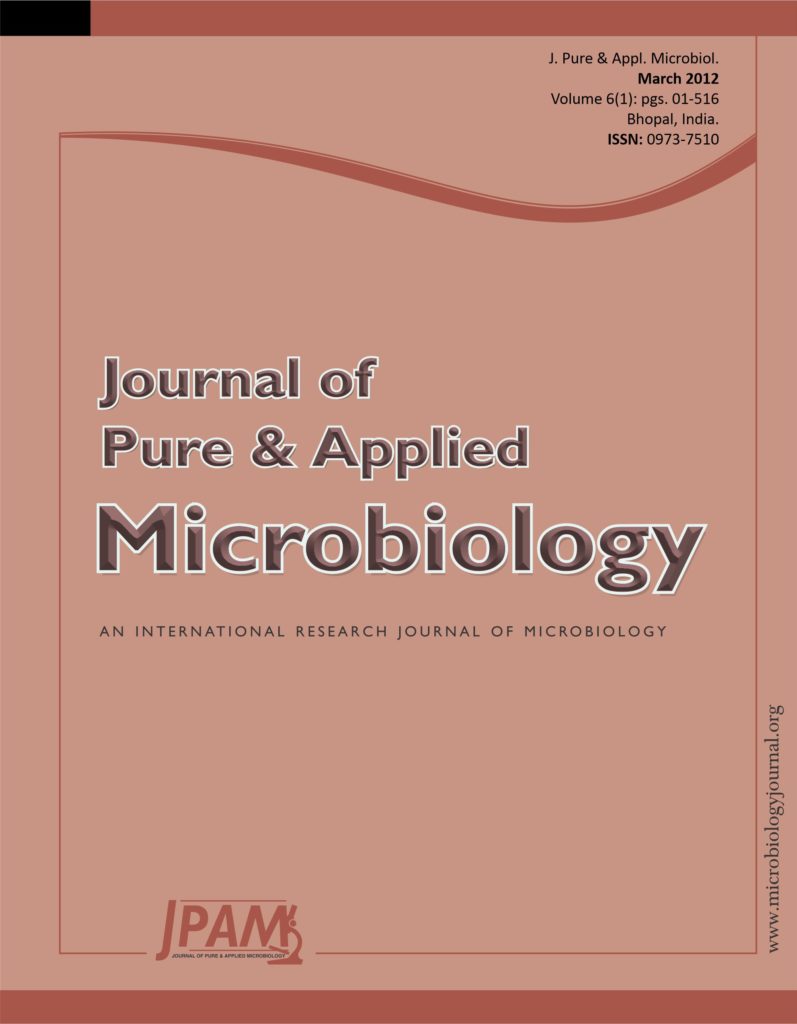Production of poly-(3-hydroxybutyrate) by Bacillus sp. 112A isolated from activated sludge sample using flours of ten different pulses and cereals, such as, pigeon pea, red lentil, black gram, bengal gram, green gram, corn, soya bean, wheat, rice and sorghum available in abundant as spills was in a range of 1.20 g/L to 0.14 g/L. Bacillus sp. 112A was able to accumulate a maximum of 1.20 g/L PHB within 30 h of incubation when corn flour (25 g/L) was used as carbon substrate suggesting a very faster rate of polymer synthesis when compared to all other substrates.
Bacillus sp., GC, Polyhydroxybutyrate, Production, Waste starchy materials
© The Author(s) 2012. Open Access. This article is distributed under the terms of the Creative Commons Attribution 4.0 International License which permits unrestricted use, sharing, distribution, and reproduction in any medium, provided you give appropriate credit to the original author(s) and the source, provide a link to the Creative Commons license, and indicate if changes were made.


